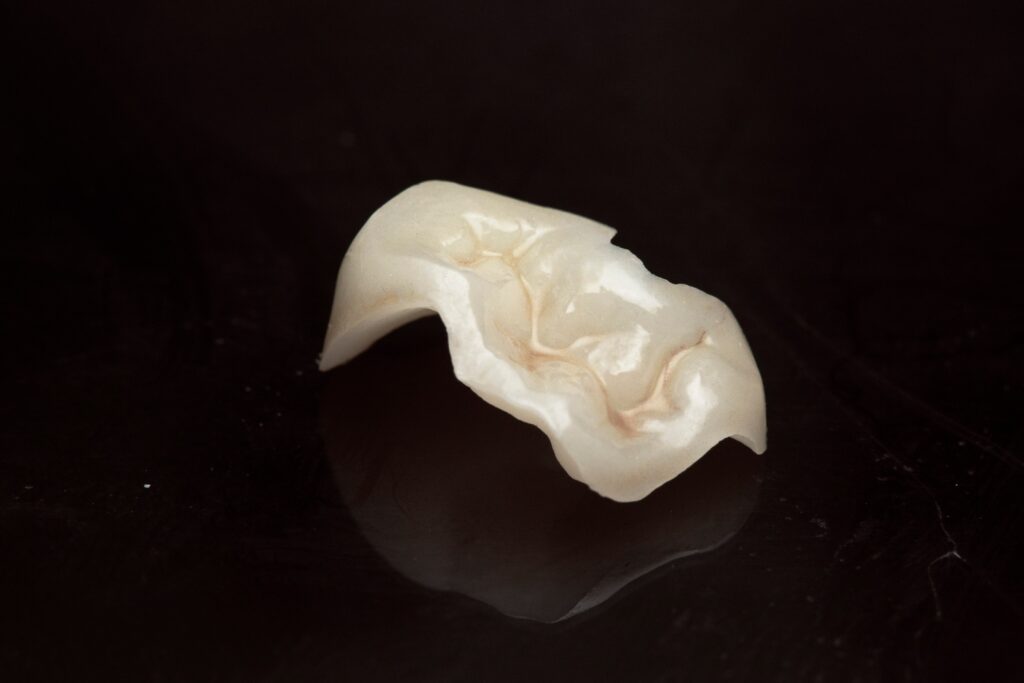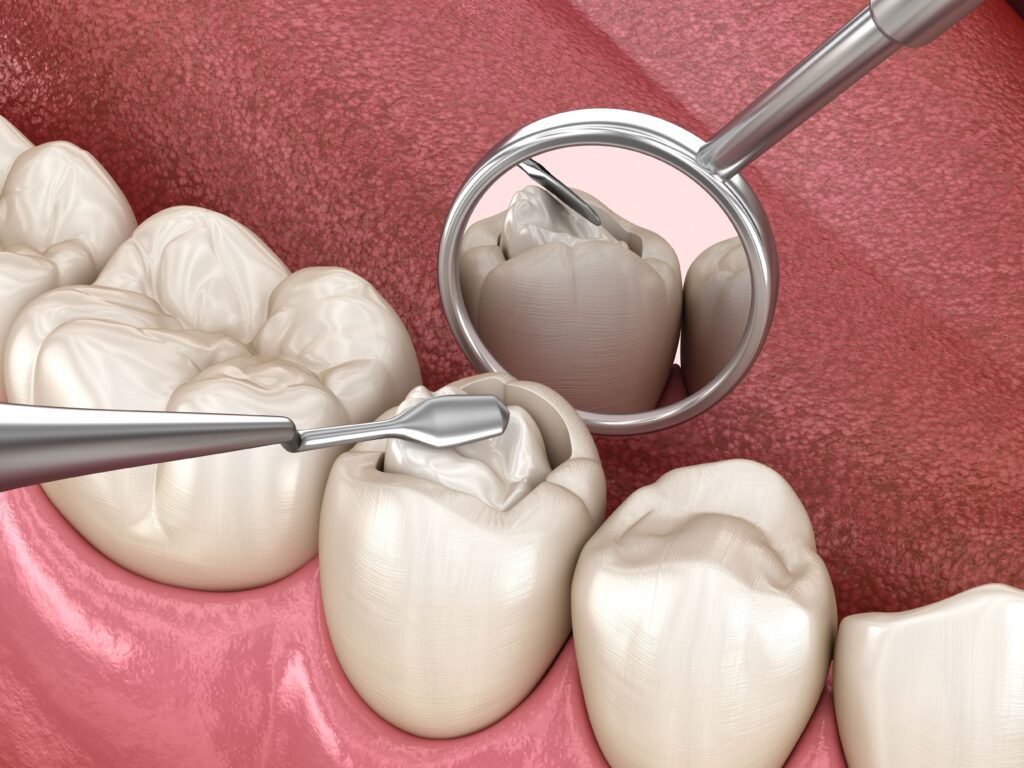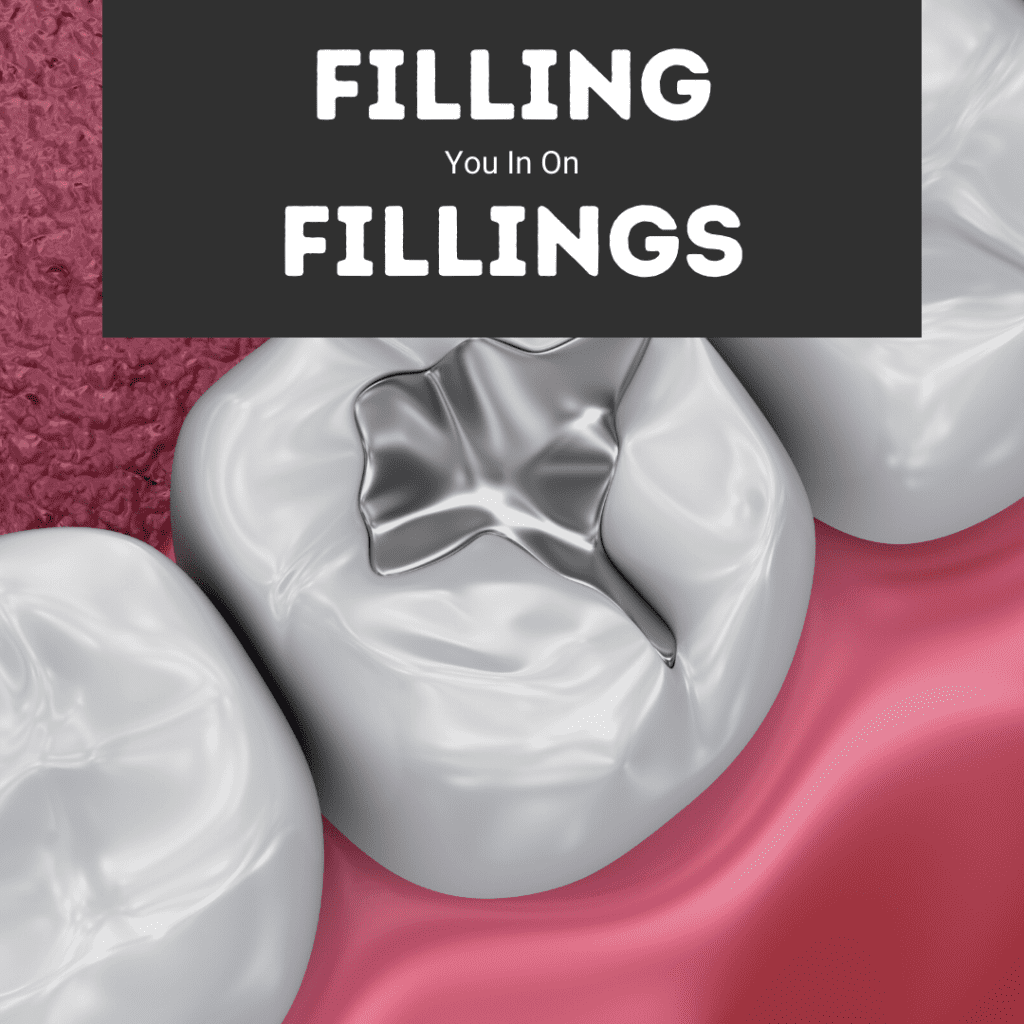If you’ve ever gone to your dentist for a toothache, then you may be told that you have a cavity that needs to be restored with a dental filling. Dental fillings are very common, and most people are somewhat familiar with this treatment. However, there are still likely things that you don’t know about dental fillings. In this blog post, we will be filling you in on fillings so that you know everything there is to know about this common dental treatment.
What are dental fillings?
Fillings, or restorations, are materials that are placed in teeth to restore the tooth to its natural shape and function. The most common type of filling is a composite resin, which is a tooth-colored plastic material. However, other materials such as gold, silver, and porcelain can be used as fillings.
Fillings are necessary when a tooth has been damaged by decay or fracture. The decayed or fractured material is removed and the cavity is filled with a dental filling material. This restores the tooth to its natural shape and function.
There are two types of fillings:
Direct Fillings

Direct fillings are placed directly into a cavity. The most common type of direct filling is a composite resin filling, but amalgam fillings are another type of direct filling. This type of filling can be placed in one visit to the dentist.
Indirect Fillings
Indirect fillings are made outside of the mouth and then placed in the tooth. This type of filling is used when there is a lot of damage to the tooth. There are two types of indirect fillings, known as inlays and onlays. Inlays are placed in the tooth’s chewing surfaces, and onlays are placed over one or more cusps of the tooth. Inlays and onlays can be made from a variety of materials such as gold, silver, or porcelain.

How are fillings placed?
Direct Fillings: To place a direct filling, your dentist will first remove the decay and then clean and shape the cavity. The composite resin is then placed in the cavity and molded to fit the tooth. A curing light is used to harden the resin. Direct fillings can be placed in a single dental appointment.
Indirect Fillings: Indirect fillings are made outside of the mouth, usually in a dental lab. They are typically made of gold, silver, or porcelain. The dentist will first remove the decay and then take an impression of the tooth. This impression is sent to the dental lab where the inlay or onlay will be made. Once it is ready, the inlay or onlay will be cemented into place. Indirect fillings require a minimum of two dental appointments.
How long do fillings last?
Fillings can last for many years, but they may eventually need to be replaced. The lifespan of a filling depends on the type of filling and where it is located in the mouth. For example, indirect fillings made of porcelain tend to last longer than direct composite resin fillings. Fillings that are located in the front teeth, where there is less wear and tear, also tend to last longer than fillings in the back teeth. On average, direct fillings last about 5-7 years and indirect fillings last 10-15 years.
In this blog, we have filled you in on dental fillings by answering the most common questions that people have about fillings, and explaining how they are placed. Now you know everything there is to know about this common dental treatment!

Dr. Admar holds dual certificates — a Bachelor of Dental Surgery (BDS) in 2010 from India and a Doctor of Dental Surgery (DDS) in 2014 from Canada. He is now a full time practicing dentist in Kamloops where he provides a variety of services, including emergency dentistry. Dr. Admar spends hundreds of hours in continued dental education to stay up to date in cosmetic and implant dentistry and he has achieved several advanced qualifications.


